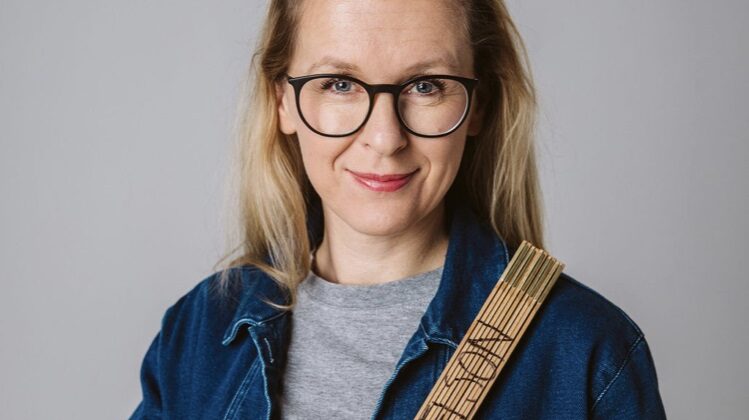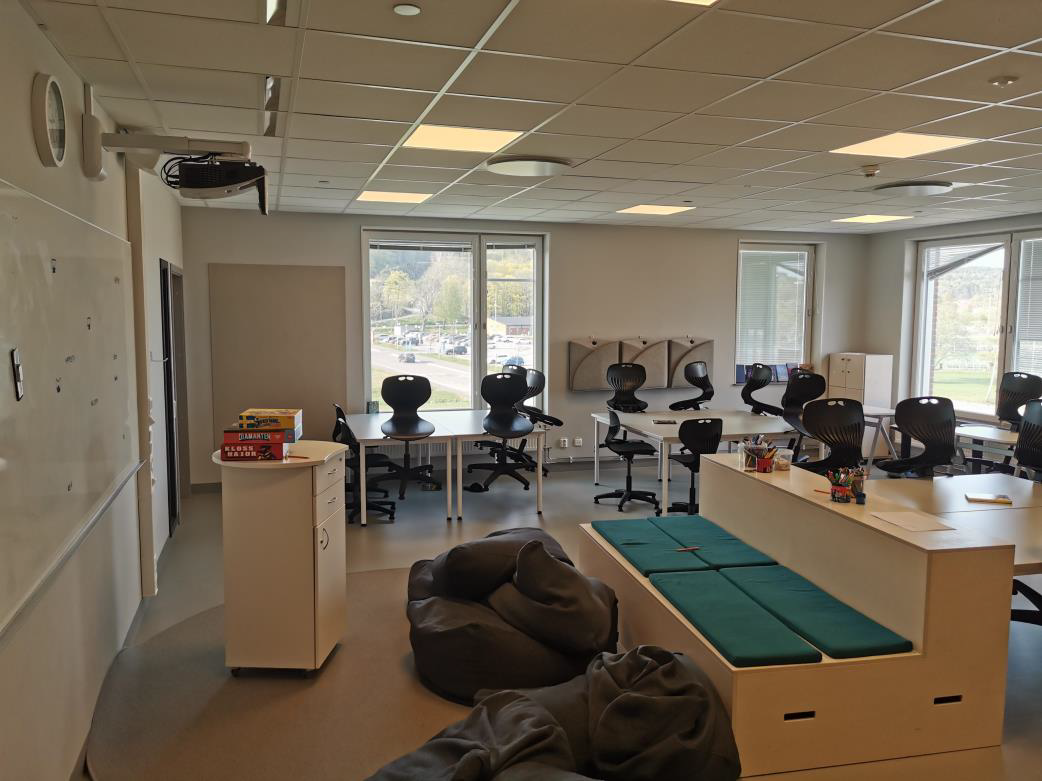
Maria Nelson has many years’ experience working with public tenders for school interiors as an interior architect through her company WHY Inredningsarkitekt. This was her main reason for qualifying as a school teacher in 2022, so that she could combine the fields of interior architecture and education and truly understand how optimal learning environments should be constructed. Maria’s Masters thesis research considers how we use the educational spaces we create, including one of the most essential parts: acoustics.
What was your main reason for wanting to study the acoustic environment at this school in Sweden?
Acoustics is one of the most important requirements to build a socially sustainable school building. Therefore I wanted to study both how the room were used by the teacher, how the room was built (with chosen the acoustics as the main part), and how the setting, and the interior in the room was used in learning activities through the theory of affordances.
I wanted to explore a project that I myself had drawn the loose furnishings for after winning a public tender competition, and see how the space was used over time.
What did your research aim to find out?
The purpose of this research was to measure the sound environment as a fundamental factor, as well as to investigate how teachers arranged the varied furnishings in the room as didactic support for an optimal psychosocial and educational environment. A main research questions was: How are the basic acoustic prerequisites for the sound environment linked to speech communication and speech intelligibility in the classrooms?
What did your research discover?
One of my main findings in the school was that we found the acoustic design was perfectly suited for educational activities, both according to the Swedish standard for speech transmission index (STI) as well as the reverberation time (RT). This was due to the presence of Ecophon’s sound absorbing materials in the ceiling and walls as well as the school being built in a quiet area.

We found that the noise level, which we measured over a number of lessons, appears to be affected by how you organize the room. The tools used by teachers during class time can cause more interaction and noise among pupils, especially in the afternoon. We know that teachers suffer a lot in bad sound environments, but there was only one teacher among the ones spoken to that declared problems with the voice, and this was due to the combined effects of the acoustics as well as the way they used the classroom layout and furnishings.
What you think the main takeaway is of this study for architects and designers?
There is a real need to combine both good acoustics and class organization in order to maintain a good chance of focus while the pupils are learning. And this is also essential for creating an inclusive space that caters for every need (i.e. an equal school environment – as specified in the Swedish school board’s guidelines) in terms of cognitive abilities, and for those kids that are learning in a foreign language.
My main conclusion is that you can create a more equal classroom environment with proper acoustics.
How does your company WHY Inredningsarkitekt help to put into practice these findings?
WHY Inredningsarkitekt directly helps to create equal classroom environments by offering project support in the development of learning environments for schools and municipalities, both in product development, physical planning (interior architecture) and tender processes. As social and environmental sustainability is increasingly a consideration, WHY also strives for smart circular choices in product development and guidance in the choice of materials.
Where can people find out more about your research?
Here is the link to the full published thesis (in Swedish). If you have any questions about the project please contact Maria Nelson at [email protected].

